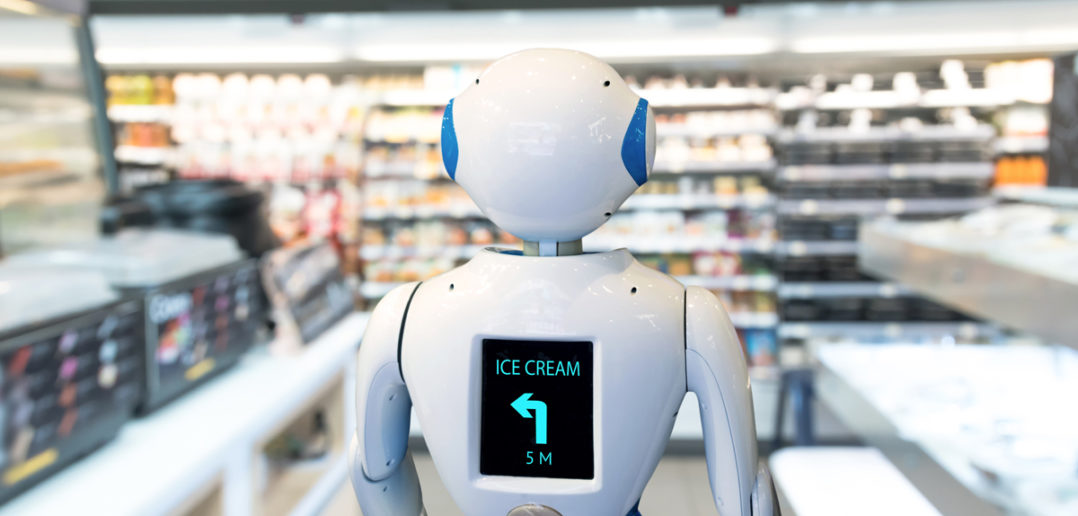Retailers have a love-hate relationship with technology. It has made it easier to keep track of stock and pay employees, yet it also has been a detriment to business, driving customers to e-commerce sites.
By 2027, online sales in the U.S. will surpass $1 trillion, according to FTI Consulting, and reach $445 billion this year.
As more customers abandon brick-and-mortar stores, what can retailers do? Change with the times.
Let’s look at five ways technology is impacting the future of retail:
- Retailers need help to compete in a digital world: A recent survey by Kibo found that 37% of retailers do not know how to deliver a consistent digital-to-physical multichannel experience; 58% do not have the ability to view customer information across various touchpoints; and 64 % said their technology wasn’t that effective at capturing in-store data on customer preferences. Other problems facing the industry include lack of customer personalisation, lacking the ability for customers to order online and pickup in-store and not having the ability for multiple divisions of a retailer to communicate with one another. Source: E-Commerce Times
- Grocery stores are at the forefront: Grocery retailers worldwide are embracing technology in an industry that is known for its razor-thin profit margins. UK grocery chain Tesco has invested heavily in things like mobile payments and couponing and virtual stores, and has effectively blended together its physical and online presence. Other grocery retail technologies include temperature-controlled lockers so customers can order online and pickup orders when it is convenient, using biometrics to pay, shelves that connect to smartphone and display nutritional information, and the use of infrared cameras to determine how many checkout lines need to be opened. Some technologies under development include growing produce in stores and allowing customers to do all their shopping from the car. Source: Clickz
- Walmart is competing with Amazon and eBay: In 2017, Walmart’s online sales will grow 60% from 2016, making it the third largest e-commerce retailer. How has Walmart achieved this growth? Walmart Marketplace was designed for third-party sellers, and sales there are increasing faster than the company’s website. Walmart has stores within 10 miles of 90% of Americans and uses this to its advantage, allowing customers to shop online and pickup in-store. It has sped up its supply chain and added new shipping options. The company also has invested in purchasing online retailers, designing user-friendly websites, integrated social media, and email marketing. Source: Forbes
- Amazon’s business model: Office Depot recently purchased CompuCom Systems, a company that manages software and hardware for business, for $1 billion. The purchase means the technology will be available to all of Office Depot’s clients. It also will be added to Office Depot stores to increase customers. This is similar to Amazon, which relies heavily on IT services. Source: Forbes
- The future of shopping: Virtual reality has the ability to let customers “try” products before they buy them online. They also can try on clothing using a body scan and seeing the clothing on an avatar. Technology also will transform brick-and-mortar locations. Robotic shopping carts will greet customers and be self driving, calculating purchases as customers move around the store. Other technology includes smart mirrors that help customers in a hurry envision clothing on their bodies. Radio-frequency identification tags will help retailers better manage inventory. Sources: Khaleej Times and US News
Top photo © JIRAROJ PRADITCHAROENKUL/GettyImages



